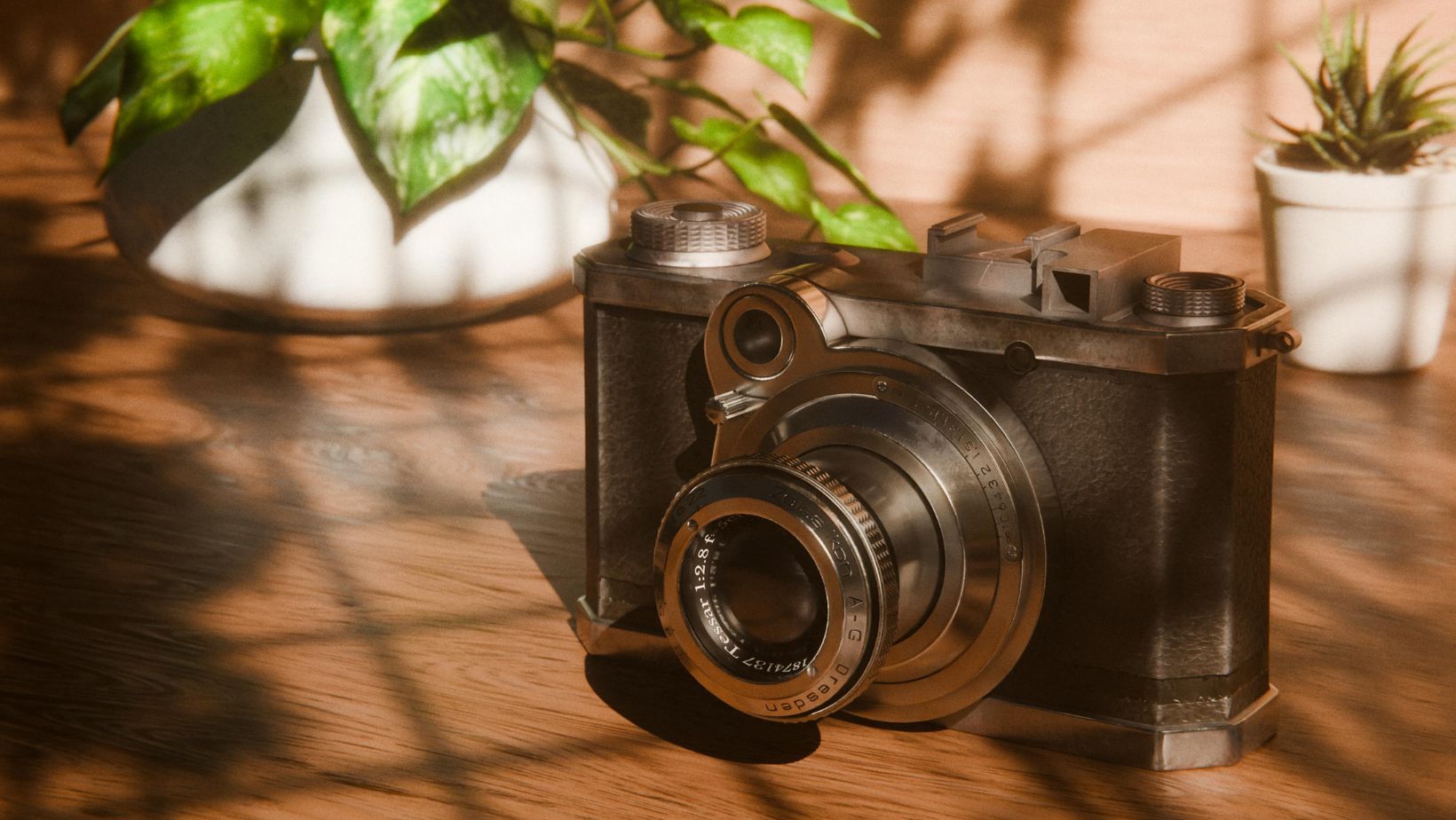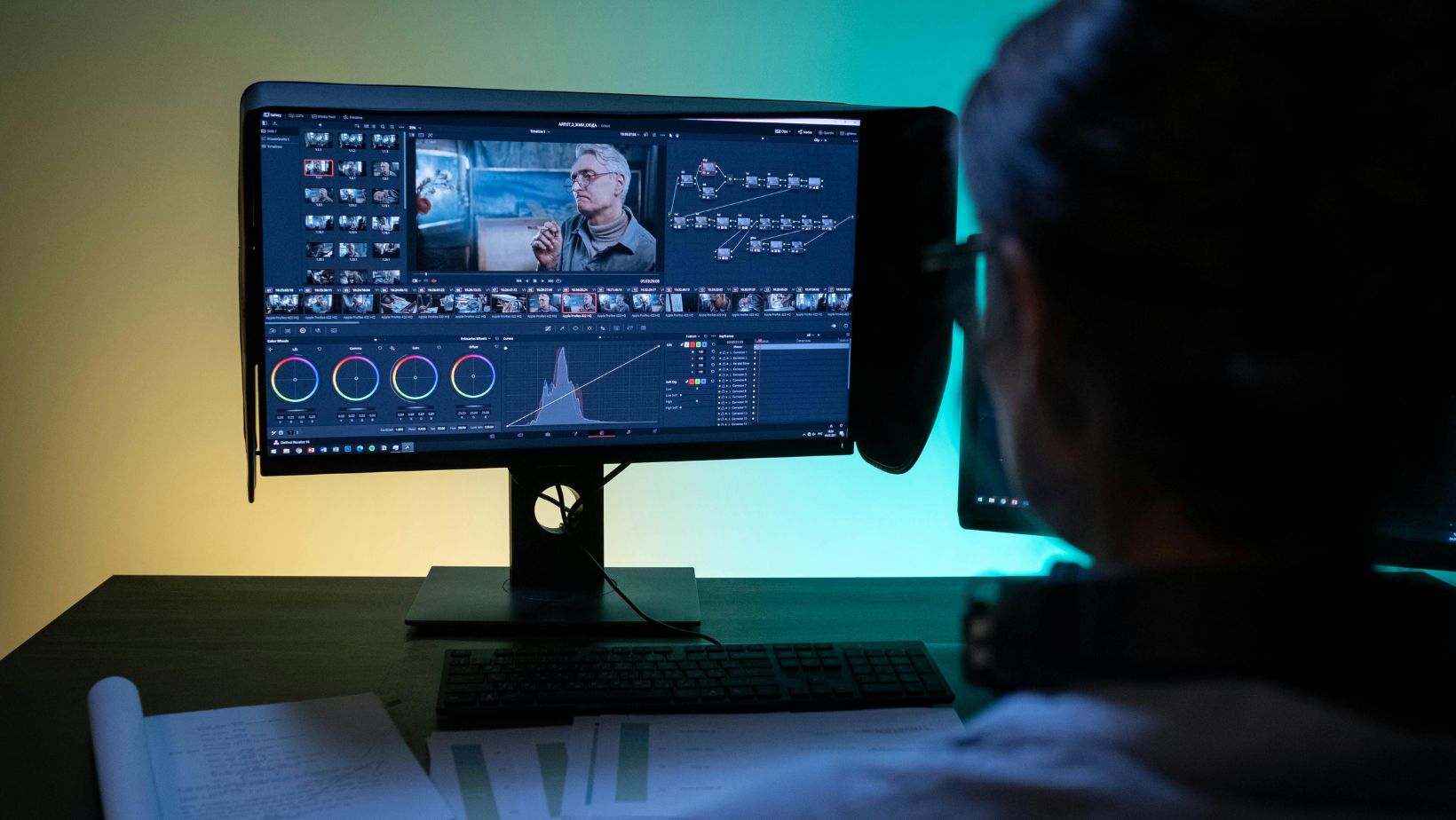
In the race to capture attention online, static visuals are no longer enough. Content creators need assets that feel fresh, interactive, and engaging – without requiring years of design training.
Image-to-3D tools are stepping in as game-changers, turning flat images into immersive, manipulable models. By lowering technical barriers, they’re making advanced 3D content as easy as uploading a photo.
Here are seven reasons these tools are becoming indispensable for creators looking to stay relevant and inspire audiences.
Transforming a Snapshot Into a 3D Scene in Seconds
The biggest advantage of an image to 3D tool is the immediacy. Upload a product photo, sketch, or logo, and within moments, you have a fully textured model ready to use. This speed shortens the creative cycle dramatically, letting creators test multiple variations before choosing the final one.
For solo entrepreneurs and small teams, that means agility without outsourcing or long delays. What once demanded hours of modeling can now happen in less time than it takes to write a caption. It’s the kind of instant payoff that keeps creativity fun rather than frustrating.
Sharpening Visual Storytelling Beyond Flat Posts
Flat images often disappear in busy feeds, but 3D models create movement and depth that hold attention longer. Picture a sneaker unboxing video where the shoe rotates on-screen, or a food post where the dish can be viewed from every angle.
This kind of immersive storytelling makes ordinary content pop. It blends seamlessly with short-form video trends, encouraging audiences to pause, explore, and engage.
For creators trying to stand out in crowded timelines, these details make every post feel like an experience rather than just another scroll.
Making Complex Assets Accessible Without Technical Hurdles
Traditionally, creators needed specialized training in programs like Blender or Maya to achieve realistic 3D results. Image-to-3D platforms automate the hardest steps (geometry, texturing, and lighting), so creators focus purely on expression.

With this, accessibility turns what was once the domain of professionals into an everyday tool. A YouTuber can create custom props, while an Etsy seller can mock up products without paying for costly renders.
By eliminating technical gatekeeping, the tools hand creative power directly to anyone with an idea. It feels like having a design team on call, only without the stress or expense.
Connecting Smoothly With Evolving Content Strategies
Digital strategies rarely stay still for long. Campaigns pivot quickly, product launches evolve, and social media algorithms reward experimentation. Converting images into 3D assets allows creators to adjust messaging in real time.
A flat product photo can become a rotating Instagram carousel post or a 3D banner for a microsite. This adaptability keeps pace with how audiences consume content – fast, dynamic, and ever-changing. For brands and creators alike, being able to pivot quickly means staying relevant instead of falling behind.
Amplifying Engagement With Smart Presentation
Interactive visuals invite audiences to lean in, rather than scroll past. Studies consistently show that 3D assets increase dwell time and boost engagement rates.
When aligned with social media strategies for your business, these tools transform how brands connect with their audiences. A 360-degree product view encourages clicks, while augmented reality (AR) ready models add layers of fun to campaigns.
The presentation feels premium without requiring premium resources, making even small-scale creators look polished and professional. And when your work feels elevated, your audience notices the extra care behind it.
Staying Relevant While Producing Interesting Content
Consistency is critical for growth, but repetition can dull a feed. Image-to-3D tools help creators refresh their visual style without reinventing the wheel.
A simple static photo becomes a spinning animation, a looping GIF, or a textured backdrop for video. This flexibility pairs perfectly with proven strategies for producing interesting content, ensuring posts feel consistent yet never stale.
With new looks from old assets, creators can stretch content further while keeping audiences engaged. It’s a clever way to keep creativity flowing even when inspiration runs low.
Keeping Creative Control While Scaling Visually
Outsourcing design often means long waits, multiple revisions, and higher costs. Image-to-3D tools let creators keep the entire process in-house. That independence preserves the original creative vision while saving valuable time and resources.
A single idea can be tested across platforms (turned into a TikTok filter, a product demo, or an e-commerce preview) without losing control to outside vendors. For creators juggling many projects, this autonomy is essential. It’s liberating to know you can scale big ideas while still keeping your voice front and center.
Image-to-3D tools are the new creative standard. They give content creators speed, flexibility, and a fresh visual edge in spaces where attention is hard to earn. For anyone eager to stand out, they’ve become less of a luxury and more of a necessity.







